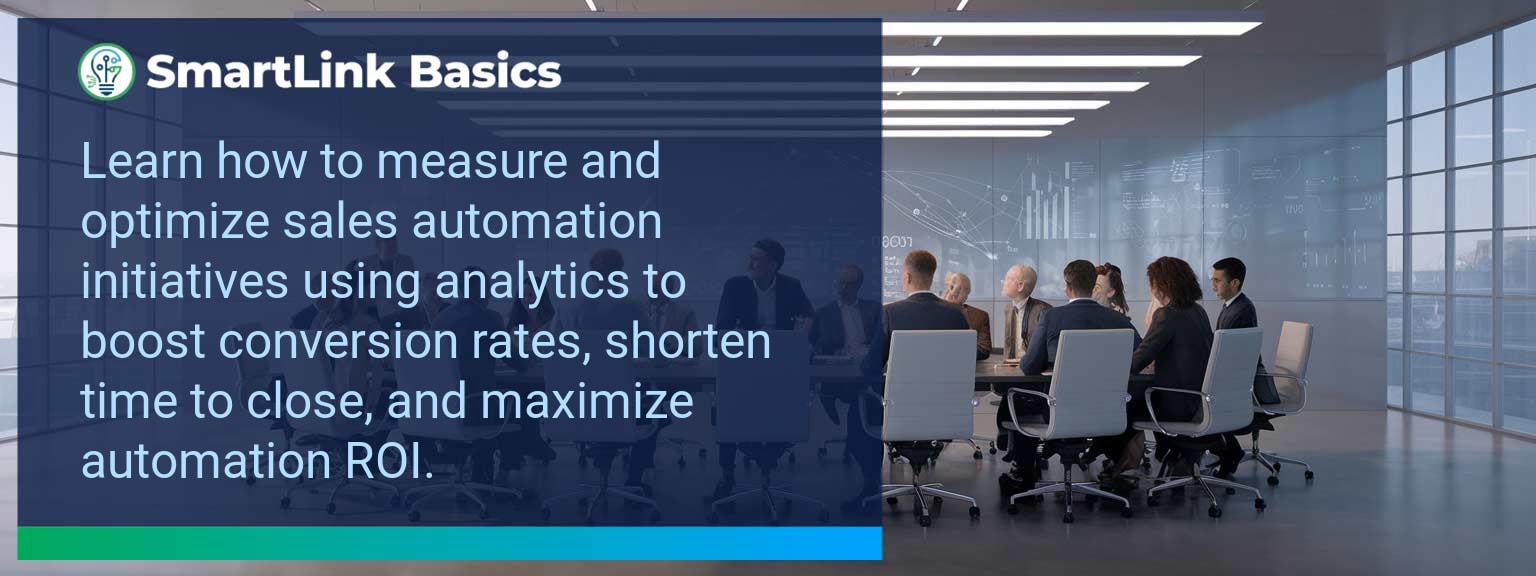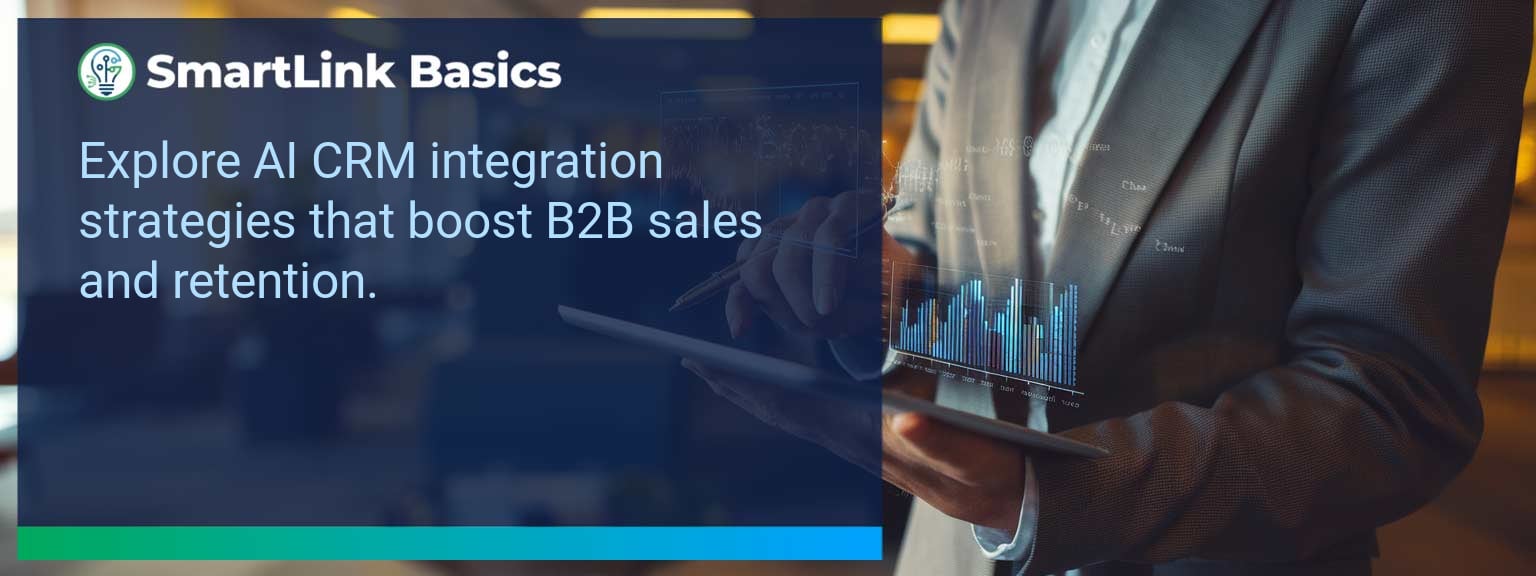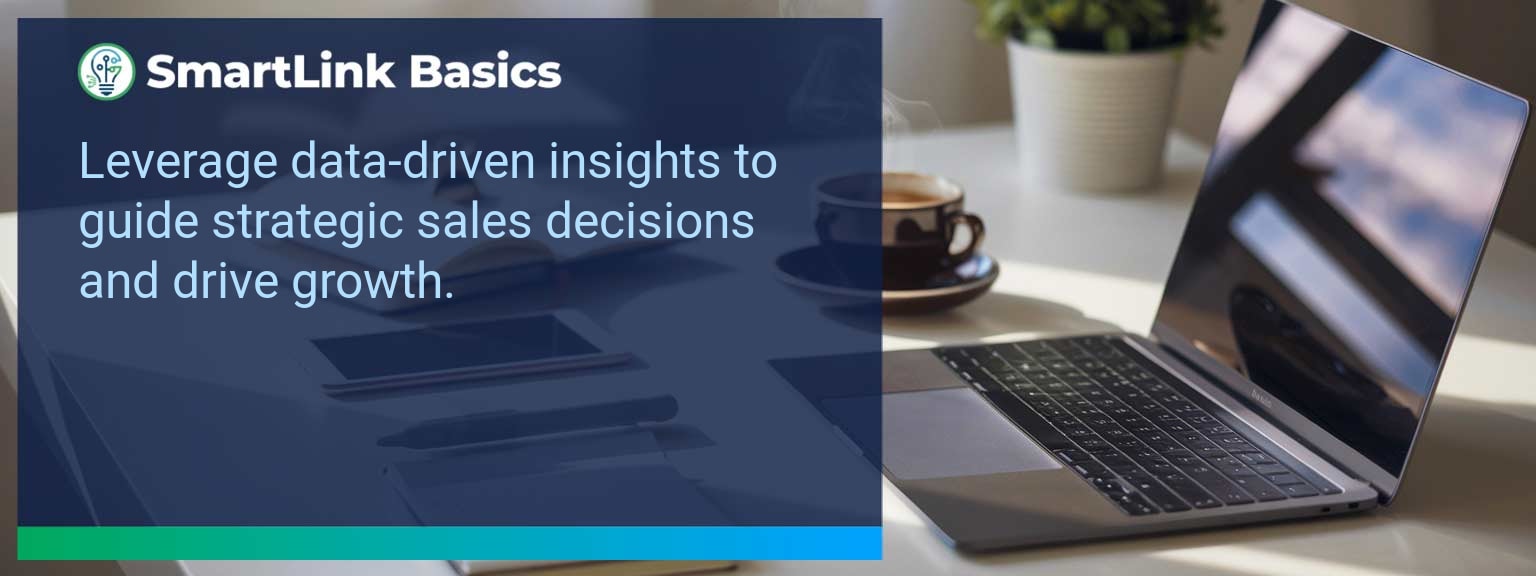Industry data shows that organizations adopting AI-driven automation achieve cost reductions of up to 30% while accelerating sales cycles by 20% or more (McKinsey, 2024). For sales leaders, AI automated workflows now define competitive advantage, enabling teams to reallocate time from repetitive tasks to high-value engagements. At SmartLink Basics, we help decision-makers implement these systems strategically, ensuring they integrate with existing revenue operations. In this article, you’ll see how AI automated workflows power business outcomes, the common obstacles that slow adoption, and practical steps to optimize processes. You’ll walk away with proven examples, a 90-day action blueprint, and measurable KPIs to track results.
- Automate repetitive administrative and CRM updates with AI.
- Integrate machine learning to personalize outreach at scale.
- Streamline approvals, quotes, and contract workflows for speed.
- Use predictive analytics to prioritize sales opportunities.
- Track adoption and performance with targeted metrics.
AI Automated Workflows: What Changed and Why It Matters
AI adoption has shifted from experimental to operational, making automated workflows a standard in high-performing sales organizations. The real advantage lies in combining workflow automation with artificial intelligence workflows to optimize every step of the revenue process. Sales leaders now use AI to synchronize touchpoints, reduce manual inputs, and ensure faster execution. For example, a B2B SaaS leader introduced automated lead enrichment and routing, cutting qualification time by 60%. Actionable insight: Audit processes for time-intensive handoffs and apply AI where repeatability is high.Redesign the Revenue Operating System With AI Automated Workflows
ICP, Segmentation, and Targeting AI-enabled segmentation uses historical wins, firmographic, and behavioral data to dynamically update ICP profiles. This ensures targeting precision without quarterly re-work. Pipeline Architecture Automated workflows push opportunities through the right stages based on engagement signals. AI flags at-risk deals for intervention. Plays and Messaging Integrated automation tools deliver personalized sequences based on buyer activity, increasing relevance at every touchpoint. Operating Cadence AI schedules follow-ups, forecast calls, and account reviews based on actual pipeline movement rather than static calendars. Actionable insight: Implement automation that adapts in real-time to both internal and buyer-driven events.Common Obstacles To Achieving Seamless Automation
The most frequent challenges are fragmented systems, inconsistent data quality, and cultural resistance. Without a unified data layer, automation amplifies errors rather than solving them. Coca-Cola Europacific Partners reported needing a full data governance upgrade before AI could improve sales workflows. Leaders must first assess infrastructure readiness and train teams to trust AI-influenced recommendations. Actionable insight: Before deployment, establish clean data practices and a single source of truth.Implementing AI To Optimize Workflows
Effective deployment of AI process optimization starts with mapping current-state processes, identifying friction points, and matching them with automation tools. For example, automating proposal generation based on CRM opportunity data can reduce turnaround from three days to one hour. Solutions combining business process automation platforms with machine learning integration enable continuous performance improvement. Actionable insight: Pilot in one high-impact stage, measure, and then expand.Tangible Benefits From Automated Processes
The benefits extend beyond time savings — sales leaders gain a scalable system. Tangible outcomes include faster quote-to-close, higher lead conversion, and better forecast accuracy. A manufacturing firm implemented AI-assisted order processing and cut errors by 40%, improving on-time delivery rates. Actionable insight: Track both speed and accuracy to measure workflow automation effectiveness.Metrics That Matter
| Category | Metric | Definition | Target |
|---|---|---|---|
| Leading | Workflow Completion Rate | % of automated sequences executed without manual intervention | 95%+ |
| Leading | AI Suggestion Adoption Rate | % of AI-generated action recommendations executed by reps | 80%+ |
| Lagging | Cycle Time Reduction | Decrease in time from lead entry to closed-won | 20%+ |
| Lagging | Revenue Per Rep | Average sales revenue generated per sales rep per quarter | +15% YoY |
| Quality | Automation Error Rate | % of workflows that trigger incorrect outcomes | <1% |
| Quality | Customer Satisfaction Post-Automation | Average CSAT score after automation implementation | ≥ 4.5/5 |
Innovations And Next Steps For AI Automation
Emerging capabilities like AI-generated playbooks, intent-driven dynamic routing, and integrated AR for virtual product demos are shaping the next wave of sales automation. Companies integrating these tools early will outpace competitors in speed and personalization. Actionable insight: Stay ahead by testing emerging automation features quarterly and aligning them with evolving buyer expectations.Get the 90-day plan, coaching rubric, and dashboard template to operationalize AI in your enablement program.
Turning AI Automation Into a Revenue Multiplier
AI automated workflows are now a strategic lever for predictable, scalable growth. This guide outlined current applications, adoption challenges, a 90-day execution plan, and measurable success criteria. To make automation pay off, sales leaders should integrate tools into one cohesive operating system and review results monthly for continuous improvement. Access more AI-driven sales enablement resources from SmartLink Basics to design a high-performance automation strategy. Exceptional sales results rarely happen without a deliberate plan to develop and retain strong leaders. At SmartLink Basics, we have observed that organizations with structured sales leadership strategies consistently outperform competitors in revenue stability and team capability. This is more critical now as sales environments evolve faster than leadership pipelines can replenish. In this guide, we’ll examine how proactive succession planning positions future leaders for success, improves sales performance, and secures long-term growth. You’ll gain a clear framework to identify leadership gaps, implement targeted development, and future-proof your sales organization.- Assess leadership gaps through structured evaluation.
- Align succession planning with sales strategy.
- Develop talent using targeted training and mentoring.
- Measure progress with leading and lagging KPIs.
- Prepare leaders for emerging market challenges.
Identifying Gaps In Leadership Development
Even high-performing sales teams can suffer when leadership capabilities fail to progress. Early detection of these gaps is essential to ensure a pipeline of ready leaders who can uphold sales momentum. Observing metrics such as quotas met per manager, coaching quality scores, and rep retention helps anchor evaluations in measurable performance. For example, a SaaS company found its mid-tier managers lacked skills in data-driven forecasting. Addressing this gap through focused enablement improved pipeline accuracy by 18% within a quarter. Actionable step: Audit leadership competencies every six months and map them against evolving business priorities.Implementing A Proactive Succession Plan
Succession planning strengthens leadership in sales by identifying and preparing individuals for future roles before they’re urgently needed. A robust plan aligns with revenue objectives, market positioning, and cultural values. Practical application: Select top 15% of performers not only for quota achievement but also for demonstrated coaching ability and collaborative mindset. Assign them a mentor, quarterly stretch assignments, and peer learning sessions. Result: Businesses that formalize succession planning often see a smoother leadership transition, reduced turnover, and faster adaptation to strategic shifts.Achieving Sustainable Sales Growth
Sustainable growth relies on leadership that can continuously adapt processes, motivate teams, and manage performance. Strong sales team leadership connects strategic objectives with daily sales execution, creating a consistent rhythm of accountability. Example: A manufacturing firm embedded a weekly win-loss review into its cadence, enabling faster go-to-market adjustments and a 12% year-over-year growth increase. Actionable step: Build growth sustainability KPIs into leadership scorecards, tracking performance improvement alongside cultural health metrics.Preparing Leaders For Tomorrow’s Market
Future markets will demand leaders who can integrate digital tools, read shifting buyer behavior, and coach teams toward complex, consultative sales. Leadership development should incorporate scenario-based training and cross-functional exposure to anticipate challenges. For instance, running bi-annual competitive simulations can boost leader adaptability and sharpen decision-making under pressure. Actionable step: Allocate 20% of leadership training hours to forward-looking capabilities, not only current operational skills.Metrics That Matter
| Category | Metric | Definition | Target |
|---|---|---|---|
| Leading | Leadership Readiness Index | Percentage of potential successors meeting role criteria | ≥ 80% |
| Leading | Coaching Frequency | Scheduled 1:1 sessions per month per rep | 4 |
| Lagging | Team Quota Attainment | Percentage of teams meeting or exceeding quota | ≥ 90% |
| Quality | Employee Engagement Score | Annual survey score tracking team morale and retention risk | ≥ 85% |
Get the 90-day plan, coaching rubric, and dashboard template to operationalize AI in your enablement program.









